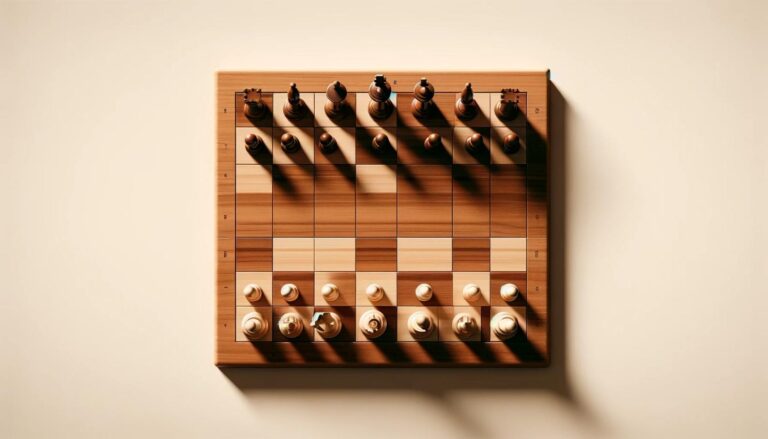In the realm of chess, a draw is often as strategic as a victory. One intriguing method to secure a draw is through a perpetual check. This technique is not only a salvation for players on the brink of defeat but also a clever tactic to snatch a half-point from the jaws of a loss. This article explores the concept of perpetual check, how it works, and its implications in competitive chess.
What is Perpetual Check?
Perpetual check occurs when one player repeatedly checks the opposing king with no possibility for the opponent to escape the checks without repeating the position. According to the rules of chess, if the same position occurs three times with the same player to move and the same moves possible, the player on the move can claim a draw by repetition. Perpetual check is often a subset of this rule, where the draw arises because the sequence of moves leading to repeated checks cannot be broken by the defending player.
How Perpetual Check Works
To execute a perpetual check, a player typically uses a piece that can easily move in and out of attacking positions, such as a queen or a rook. The key is that the attacking piece must threaten the opponent’s king continuously, forcing them to move their king in a limited pattern that eventually repeats the position. This usually happens when the opponent’s king has very few squares available, and escaping the check would lead to a worse position or loss of material.
Example from Chess History
One of the most famous examples of perpetual check occurred in the 1918 game between Alexander Alekhine and Aron Nimzowitsch. Alekhine, with a rook and knight against Nimzowitsch’s queen, maneuvered his pieces to repeatedly check the opposing king, forcing a draw despite being materially behind.
Strategic Implications
Perpetual check is particularly useful in scenarios where salvaging a game seems impossible. It is a defensive strategy, typically employed when:
- Material Disadvantage: When a player is significantly behind in material, perpetual check can provide a way to escape with a draw.
- Avoiding Tournament Elimination: In tournament settings, securing a draw might be enough to advance to the next round or achieve a satisfactory overall position.
- Psychological Advantage: Achieving a draw through perpetual check can be a psychological boost, particularly if the opponent was confidently pushing for a win.
Conclusion
Understanding and recognizing the potential for perpetual check can significantly enhance a player’s defensive capabilities in chess. It underscores the depth of strategic thinking inherent in chess, where even a position teetering towards defeat can be salvaged through meticulous calculation and tactical foresight. Perpetual check not only exemplifies the complexities of chess rules but also highlights the game’s infinite possibilities, ensuring that no situation is truly hopeless as long as there’s a move to be played.







